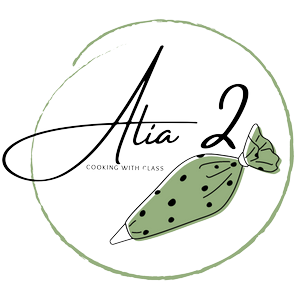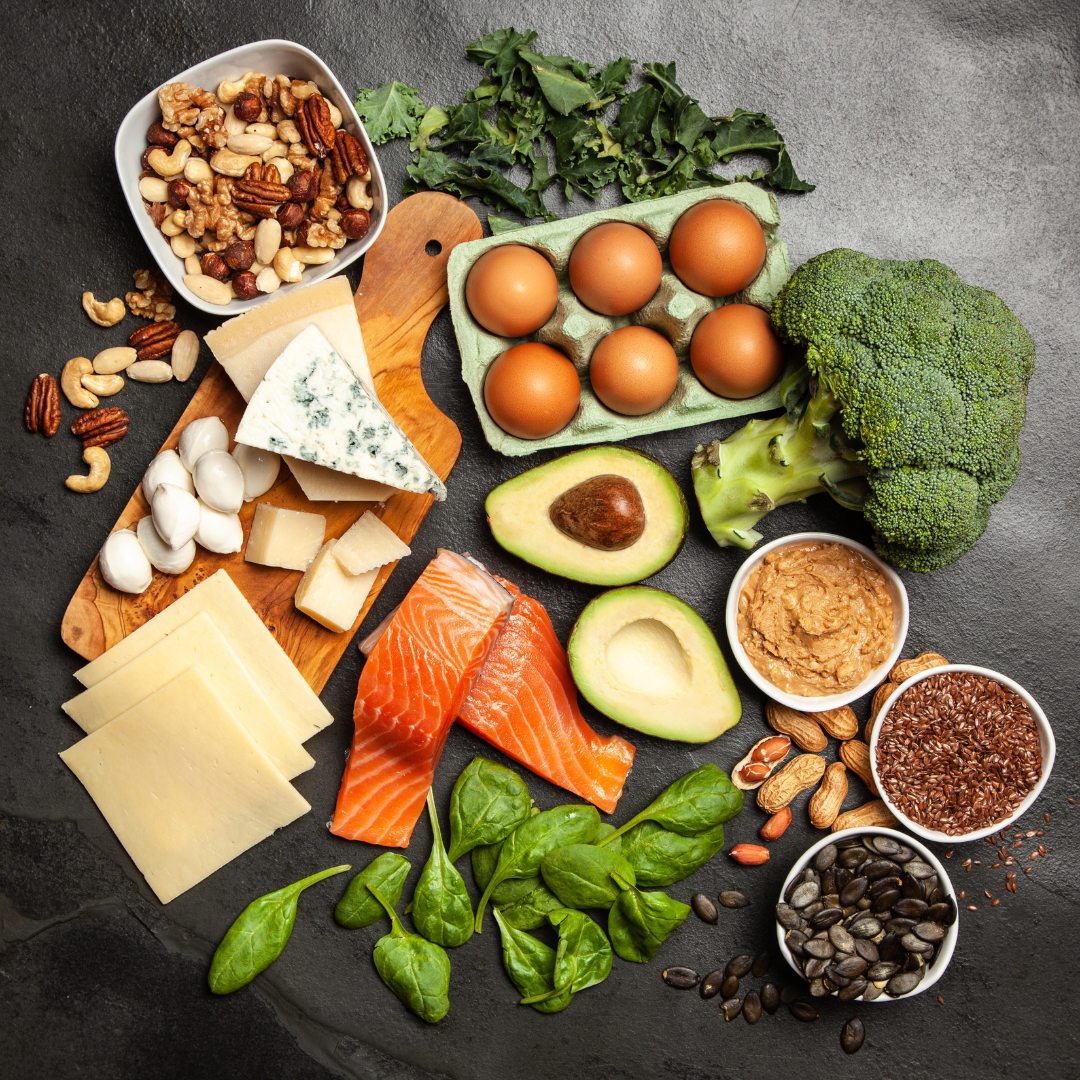The Ultimate Guide to Keto Food: Everything You Need to Know
Are you tired of feeling sluggish and bloated after every meal? Are you looking for a way to shed those extra pounds and feel healthier than ever before? Look no further than the keto diet! But where do you begin with this popular eating plan?
In this ultimate guide to keto food, we’ll cover everything from the basics of the ketogenic diet to delicious recipes that will satisfy your taste buds. So get ready to embark on a journey towards better health and wellness with our comprehensive guide to keto!
What is Keto?
Keto, or ketogenic diet, is a high-fat, low-carbohydrate diet shown to help improve blood sugar levels and promote weight loss. It’s also been linked with improved mental clarity and better overall health.
What Is the Ketogenic Diet?
The ketogenic diet is a high-fat, low-carbohydrate diet that was first developed in the 1920s as a treatment for epilepsy. The goal of the keto diet is to enter into a state of ketosis, which is when your body produces ketones instead of glucose from carbohydrate sources.
When you eat foods containing carbohydrates, your body converts these into glucose, which it can then use for energy. However, following a keto diet, your body becomes “keto adapted” and produces ketones instead. These ketones provide power while helping to reduce inflammation throughout the body.
How Does the Ketogenic Diet Work?
When you start following a keto diet, your body goes through some noticeable changes. For one, your blood sugar levels will likely decrease since you no longer eat all those refined carbs.
Reducing blood sugar levels can help improve mood swings and energy levels while promoting weight loss. The decreased inflammation on a keto diet may also lead to other benefits, such as better skin health and protection from chronic diseases like cancer.
When thinking of starting a keto diet, it’s crucial to consider various factors that can influence its effectiveness, including age and hormonal fluctuations. As we age, our metabolism slows down, and our nutritional needs change. This means that what worked for us in our twenties may not be as effective in our forties or fifties.
Additionally, hormonal fluctuations in men and women can play a significant role in weight management and overall health. That’s why it’s essential to tailor our diet plans to our specific needs and circumstances. Ensuring that our hormone levels are normal and there re no underlying issues is necessary before starting a new diet. In lieu of this, it’s a good idea to occasionally visit a TRT North Liberty clinic (or one elsewhere) to ascertain that everything is balanced.
Types of Keto Diets
There are many keto diets, but the most common is the low-carbohydrate, high-fat (LCHF) diet. This diet limits carbs to less than 20 grams daily and encourages you to eat more fat. Other popular keto diets include the modified Atkins diet, the cyclical ketogenic diet, and the flexible keto diet.
The LCHF diet is best for people who want to lose weight quickly. It is more effective than other types of keto diets for weight loss, diabetes prevention, and improving blood sugar control.
The Modified Atkins Diet is a low-carbohydrate, moderate-protein, and high-fat diet Dr. Robert Atkins developed in the 1970s. It is considered a balanced keto diet because it includes healthy fats and adequate amounts of protein.
The Modified Atkins Diet can help you lose weight fast while maintaining your health. However, it is less effective than the LCHF diet for weight loss or diabetes prevention.
The Cyclical Ketogenic Diet is a keto diet that cycles between periods of high-carb consumption and periods of fasting or low-carb consumption. This diet is more effective than keto diets for weight loss and managing Type 2 diabetes mellitus.
What Foods to Eat on a Keto Diet?
When starting a keto diet, it’s essential to understand that this eating differs significantly from the standard American diet. There are a few key foods that you should eat on a keto diet, and these include:
- Good quality animal protein sources such as meats, eggs, and seafood.
- Good quality plant sources of carbohydrates such as high-quality fruits and vegetables.
- Unprocessed carbs include whole-grain pieces of bread, pasta, potatoes, and leafy green vegetables.
- Fats include healthy oils (such as olive oil), avocados, and nuts.
Below is a comprehensive list of keto-approved foods to eat daily. This list is not exhaustive – feel free to explore other options that fit your dietary preferences and health goals!
Alternatives to the Ketogenic Diet
There are many different types of keto diets, each with its benefits and drawbacks. Here are a few options if you’re looking for an alternative to the ketogenic diet.
The modified Atkins diet is a low-carbohydrate, high-protein diet developed in the 1970s by Dr. Robert Atkins. It’s been shown to be effective in reversing diabetes and helping people lose weight, although it’s not recommended for people with epilepsy or pregnant women.
The Mediterranean diet is another popular choice focusing on healthy eating habits, including plenty of fruits, vegetables, whole grains, and nuts. It’s thought to help reduce the risk of heart disease and other chronic conditions and has been linked with reduced cancer incidence.
The Zone Diet is a balanced approach to keto that allows for moderate amounts of carbs and protein while focusing on fats. It’s designed to help people lose weight without feeling hungry or deprived and is more effective than the low-carb or high-fat approaches in weight loss and improved health outcomes.
If you are considering a ketogenic lifestyle or want to be more mindful of your food choices, this guide is for you. In it, we will outline everything you need to know about the ketogenic diet and help you create a plan that works best for you.
Whether starting or looking to improve your current health situation, this guide has everything you need to get started. Thanks for reading!

